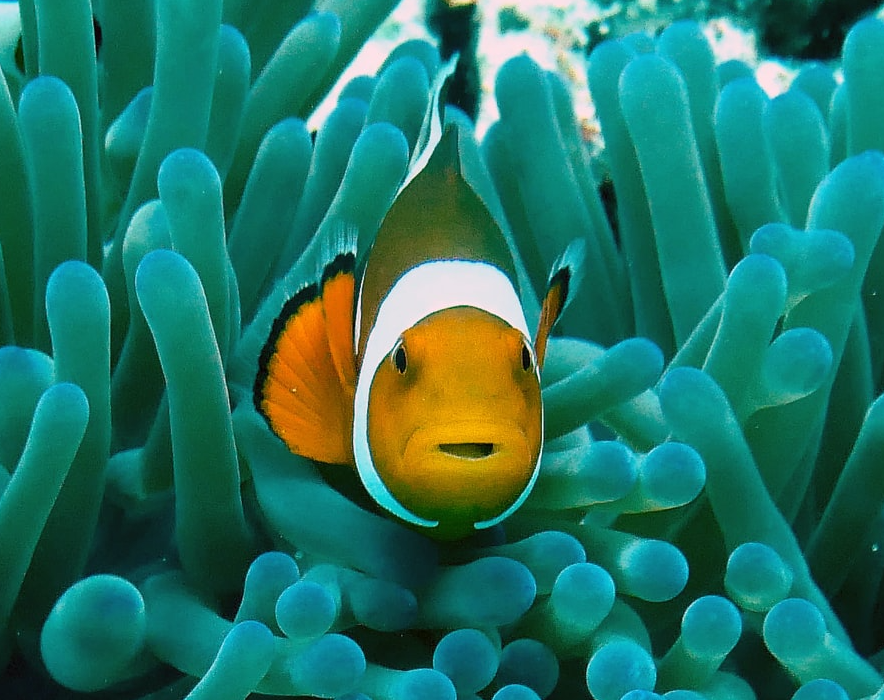
Finding Nemo (from the sofa)
29 October, 2020
We are all well-versed in the power of vitamin ‘N’ (nature) and the positive effect it can have on your physical and mental wellbeing. But for young people living in inner cities, those with restricted mobility or even people self-isolating, getting outdoors and into the wild can be challenging and not always practical or affordable.
Developments in virtual reality technology is paving the way to potentially overcome some of these limitations by allowing people to become fully immersed in a simulated natural environment. Technology such as Computer Generated Virtual Reality (CG-VR) give users autonomy to explore a digital landscape, even reaching out to ‘touch’ the objects around them.
New research has shown that participants who used interactive CG-VR to experience digital natural environments, built in collaboration with BBC Blue Planet II, felt an increased connectedness to nature. The participants were able to experience a biodiverse underwater setting, interacting with fish and coral whilst listening to the natural underwater sounds. The experience led to higher levels of happiness, vitality and life satisfaction, and lower levels of boredom and isolation.
Is this a joyful democratisation of nature and its benefits or a horrible tech dystopia? Views will be divided. But helping people appreciate the natural world can mean they feel more inclined to protect and conserve it by living more sustainably. And it might be the nudge that some need to really get out there and live it, outside of the comfort of the living room.
By Gemma Coate
 Back to all friday 5
Back to all friday 5